Alejandro Goyri
Azcapotzalco
Carlos Valverde-R
México City, México
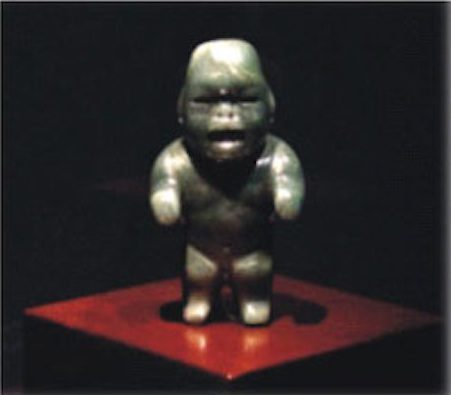
Figure 1: The Olmeca child (El Niño Olmeca) Museo Nacional de Antropología e Historia de la ciudad de México
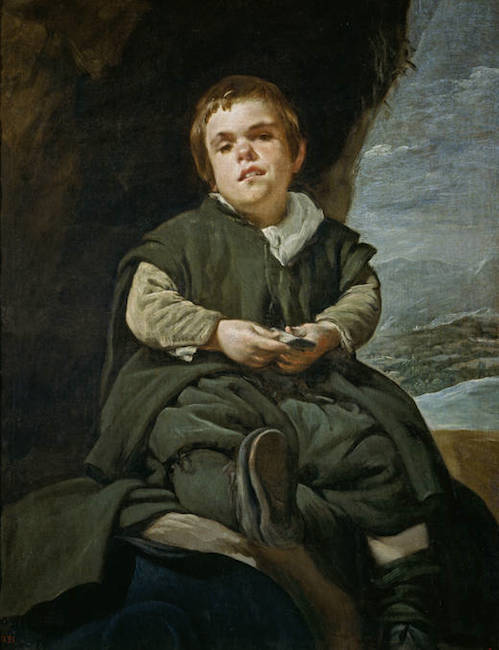
Figure 2: The child of Vallecas, 1636-1638. Diego Rodríguez de Silva y Velázquez Museo Nacional del Prado
In México, despite long-standing cultural domination by Catholic Spain, significant numbers Pre-Columbian figurines in terracotta, jade, clay, and other materials have survived. Some of these objects clearly represent persons afflicted by some disease. One such small sculpture that has attracted our attention is a delicate jade figurine from the ancient Olmec nation that we will refer to as “The Olmeca child” (Figure 1). The enigmatic Olmec society flourished in the Gulf of Mexico region from about 1500 to 400 BC and is considered by most authors as the progenitor of the later Mesoamerican civilizations. The name Olmec means “rubber people” in Nahuatl and that was how the Aztecs referred to the community that supplied the rubber balls used for the ritual games known as “Juego de Pelota” (De la Fuente).
We found an amazing resemblance between the features depicted by the anonymous Olmec artisan and those portrayed by Diego de Velázquez (ca. 1644) in his famous “The child of Vallecas” (Figure 2). Despite a gap of least 1500 years between these two art works and the obvious differences in their materials and manufacture, the similarity is remarkable. Both artists reproduce with outstanding mastery and accuracy the image of two young individuals with congenital hypothyroidism and cretinism or mental retardation.
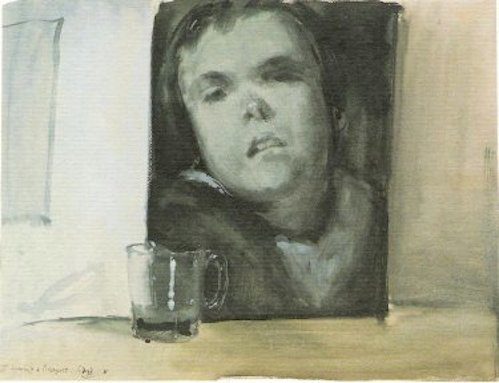
Hypothyroidism in both children
The Olmec figurine (Figure 1) was discovered in 1940 by Stirling and Drucker at “El Cerro de las Mesas” in the state of Veracruz. It is a small statuette, twelve centimeters long, belonging to the pre-classic Olmec period. Skillfully carved in green stone (jadeite), the delicate polished sculpture features an undersized boy, probably a dwarf, and according to Vela-Amieva (2003), is a realistic portrait of a person with congenital hypothyroidism. In addition to the short stature and the abnormal head-to-body ratio, both suggestive of dwarfism, this person has a prominent, wrinkled forehead and a depressed nasal bridge. His face has coarse features and swollen eyelids, giving the impression of puffiness or myxedema. He has thick lips and a protruding tongue, and his general facial expression is that of a mentally retarded individual.
Portrayed in a hunting scene, the much later oil canvas by Velázquez “The child of Vallecas” (Figure 2) depicts features similar to those of the “The Olmeca child.” It shows a short adolescent (probably fourteen to sixteen years old) wearing the olive green attire suitable for outdoor games. With his head slightly tilted to the right and holding a deck of cards in his puffy hands, his stance is indolent and his eyes sad and distant. His arms and legs are short, the face swollen, mouth discretely open. With his customary sensitivity and photographic precision, Velázquez has captured the cognitive and physical anomalies typical of a young, mentally retarded dwarf. According to Del Prado Museum catalog, “The child of Vallecas” corresponds to a congenital hypothyroid cretin (Luca de Tena and Mena).

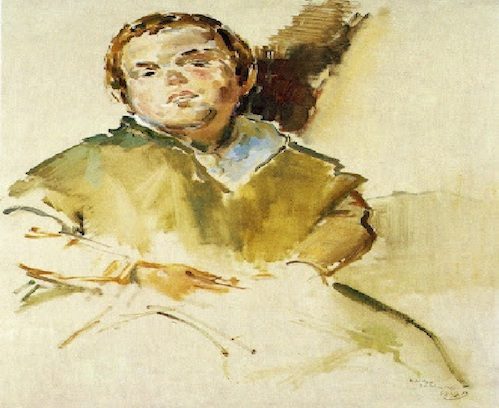
Figure 4: Variation on The child of Vallecas, 1987. Ramón Gaya. Museo Ramón Gaya
Unfortunately nothing is known about the Olmec artisan who created the jadeite figurine; but sculpting mastery is the hallmark of Olmec culture, its rich legacy including the famous colossal heads, as well as an assortment of figurines, facemasks, stelae, celts, altars, and bas-reliefs. Of the small-sized Olmec human figurines, several realistically represent dwarfs or individuals afflicted by physical deformities such as hump backs or clubfeet. Although still a matter of debate among scholars, several of these Olmec statuettes portray children with congenital or endocrine syndromes such as neural tube defects, Down syndrome, and Fröhlich syndrome (Pueschel 1998).
Velázquez, one of the greatest European painters who ever lived, produced splendid portraits of the royal family and its courtesan entourage, including the many jesters, humpbacks, dwarfs, and buffoons permanently residing at the palace. Indeed, the Spanish royal court was particularly fond of the company of these “eccentric personages,” referred to as “gente de placer” (people for mirth and entertainment or l’uomo piacevole or l’homme amusant). “The child of Vallecas” is one of the most representative images of Velázquez’s remarkable skill. Why this particular name was given to the painting is not known and a matter of controversy, but it is generally accepted that the person was not a child and that his real name was Francisco Lezcano or Lazcano. Furthermore, according to Moreno Villa (1939), Lazcano was also known as the “Buffoon of Viscay” or by his nickname “El Vizcaino,” the one from Viscay. This strongly suggests that Lazcano was a native of Viscay, not from Castile; therefore, the reason for the long-established eponym remains unknown.
The Child of Vallecas, a pictorial icon
From diverse perspectives several artists at different times have recreated the Velázquian model. The earliest one belongs to Francisco Goya, whose image is mentioned in the catalogue of his work despite the actual picture being missing. Another work belongs to Ramon Gaya of Murcia, who around 1948 produced a series of paintings as homage to Velázquez. The one dedicated exclusively to “The child of Vallecas” was entitled “IX Homage to Velázquez” (Figure 3), in which the so-called Lazcano from Biscay is presented in a portrait seemingly made from charcoal, probably as a sketch or composition of a bigger work. The portrait of “The child of Vallecas” appears in the background over a table and leaning against a wall. In the foreground there is a container, some kind of glass jar that might contain some of the wine that the artist drank in deference to Velázquez or perhaps what is left of the solvents in which Gaya cleaned his brushes. Later, in 1987, the same Gaya, now at the twilight of his life and career, returned to the same motif but on a greater artistic scale, blurring the body of the mentally retarded child to emphasize its tender and sober face and omitting any decorative element that could divert attention from the gestural information communicate by the painting (Figure 4).
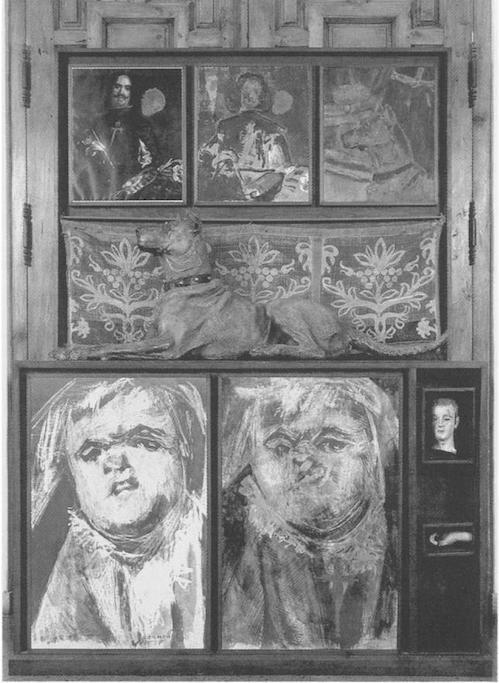
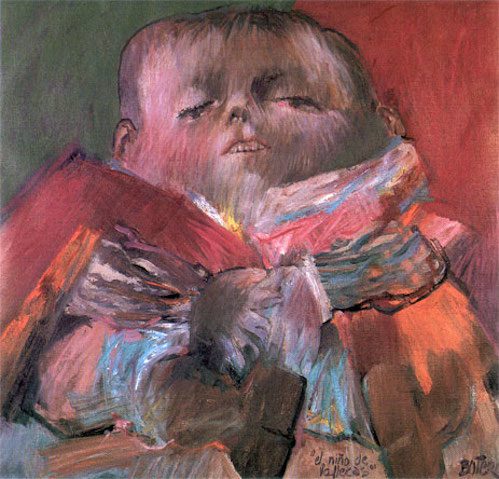
Figure 6: Vallecas the child (after Velázquez), 1959. Fernando Botero. Museo Nacional de Colombia
Another recreation of the Velázquian motif appears in the series of almost a dozen variations by the contemporary Colombian artist Fernando Botero, an artist known for his portrayals of obese bodies. In “The child of Vallecas” (Figure 5), seemingly a simple and honest homage to Velázquez, Botero emphasizes the typically baroque chiaroscuro effects of Velázquez, but as an obese individual who is also a typical example of a congenital hypothyroid cretin. But in an earlier composition, “Vallecas the child” (Figure 6), Botero takes more creative risks, departing from the original compassionate emotion and maximizing the grotesque, horror, and repulsion, as if to say: “Watch out! Inside each and every one of us, there is also a monstrous and painful being.”
Another interesting example, arising from his ironical and playful sense of humor, is the plastic composition made by the Mexican artist Alberto Gironella, who throughout his work obsessively recreated and reconfigured famous European paintings, particularly those of Velázquez. “The feast on the palace” (Figure 7) is a kind of collage with a mixed technique, very typical of Gironella, evoking the forms of baroque reredos but in this case a votive altar in homage to Velázquez. It takes as a starting point three famous Velázquez works, “Queen Mariana,” “Las Meninas,” and the one that concerns us, “The child of Vallecas.” Rather than emphasizing a sense of compassion, Gironella has clearly been captivated by the painting, playing with it in a double way and decomposing the figure until it literally becomes a caricature, almost a contemporary graffiti.
Concluding remarks
At first glance the persistent representation of a particular person is rather unusual in non-religious art, especially if the image corresponds to a character afflicted by congenital hypothyroidism. It may not, however, be mere artistic eccentricity. Hypothyroidism due to lack of iodine in the diet has been a constant companion of humankind since ancient times and is still a worldwide public health concern as some 35% of the human population lives in iodine-deficient areas (International Council for the Control of Iodine Deficiency Disorders). Iodine deficiency remains the most important cause of preventable neurocognitive impairments (cretinism) in newborns, yet is highly preventable by simple public health measures.
References
- De la Fuente, B. “Historia de la Arqueología Olmeca.” En: Descubridores del Pasado en Mesoamérica, Antiguo Colegio de San Ildefonso, México: DGE Ediciones; 2001. México.
- International Council for the Control of Iodine Deficiency Disorders (ICCIDD). www.iccidd.org. (August 2013).
- Luca de Tena, C. and M. Mena. Guía del Prado. Editorial Silex; 1981. pp 94-111. ISBN 84-85041-49-6.
- Moreno Villa, J. Locos, enanos, negros y niños palaciegos: gente de placer que tuvieron los Austrias en la corte española desde 1563 a 1700. Editorial Presencia. La Casa de España en México; 1939.
- Pueschel, Siegfried M. Do Olmec figurines resemble children with specific dysmorphology syndromes? Journal of the History of Medicine and Allied Sciences, 53(4), 1998, 407-15.
- Vela-Amieva, M. Reflexiones sobre una pequeña figurilla Olmeca de Jade. Revista de Investigación Clínica; 2003. 55: 87-99, www.imbiomed.com.mx (August 2013).
ALEJANDRO ORTIZ BULLÉ GOYRI is presently at Departamento de Humanidades, División de Ciencias Sociales y Humanidades, Universidad Autónoma Metropolitana-Azcapotzalco.
CARLOS VALVERDE-R is presently at Instituto de Neurobiología, Universidad Nacional Autónoma de México-Campus Juriquilla.
Highlighted in Frontispiece Spring 2017 – Volume 8, Issue 4

Leave a Reply